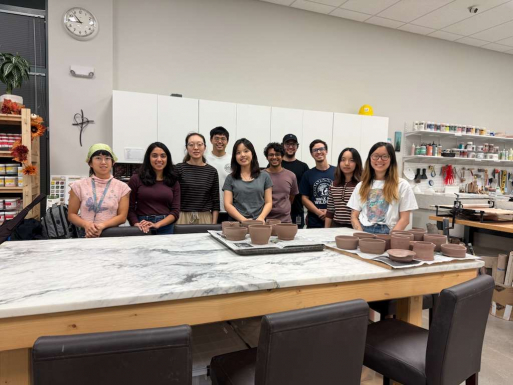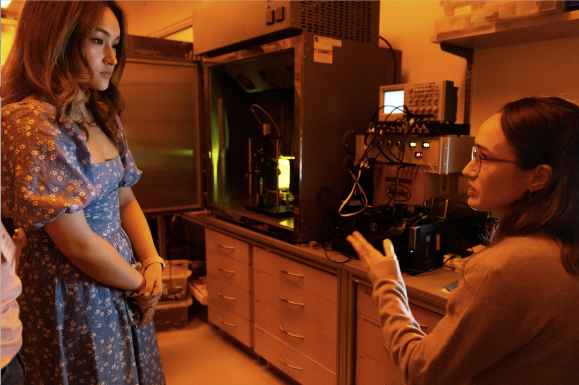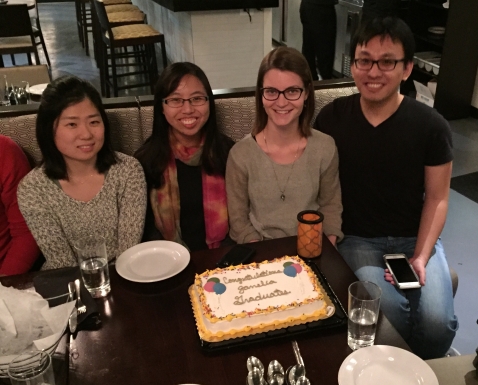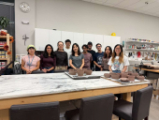The Janelia Joint Graduate Program is a fully-funded, collaborative PhD program for independent, committed graduate scholars in partnership with the Solomon Snyder Department of Neuroscience at The Johns Hopkins University.
Graduate scholars in the program spend their first year at the partner university and then reside at Janelia for the remaining years of the program to conduct their thesis research. Degrees are granted by Johns Hopkins. Scholars have two mentors, a research mentor at Janelia and a programmatic mentor at Johns Hopkins that typically chairs the scholar's thesis committee.
Graduate scholars conduct research in the following fields:
- Behavioral & Systems Neuroscience
- Cellular & Molecular Neuroscience
- Evolution & Genetics
- Instrumentation & Computational Tool Development
- Neuronal Cell Biology
- Optical Physics & Imaging
- Structural Biology & Biochemistry
- Theory & Computational Neuroscience
The program is intentionally small, which allows us to meet each scholar's individual needs. Graduate scholars benefit from considerable personal attention in the laboratory to support their training and professional development. Graduate scholar research is enhanced by Janelia's extensive Shared Resources, the ease of collaboration across research areas, and the opportunity to work directly with tool builders to generate new biosensors, microscopes, electronics, computational tools, and more. Additionally, scholars can participate in many conferences hosted at Janelia, mentor summer interns, help host the annual boot camp for all incoming Department of Neuroscience students, and attend the Department of Neuroscience annual retreat.
If you have any questions about the program, the application or the application process, please email Erik Snapp at snappe@janelia.hhmi.org
In Their Own Words: Atika Ibrahim Syeda
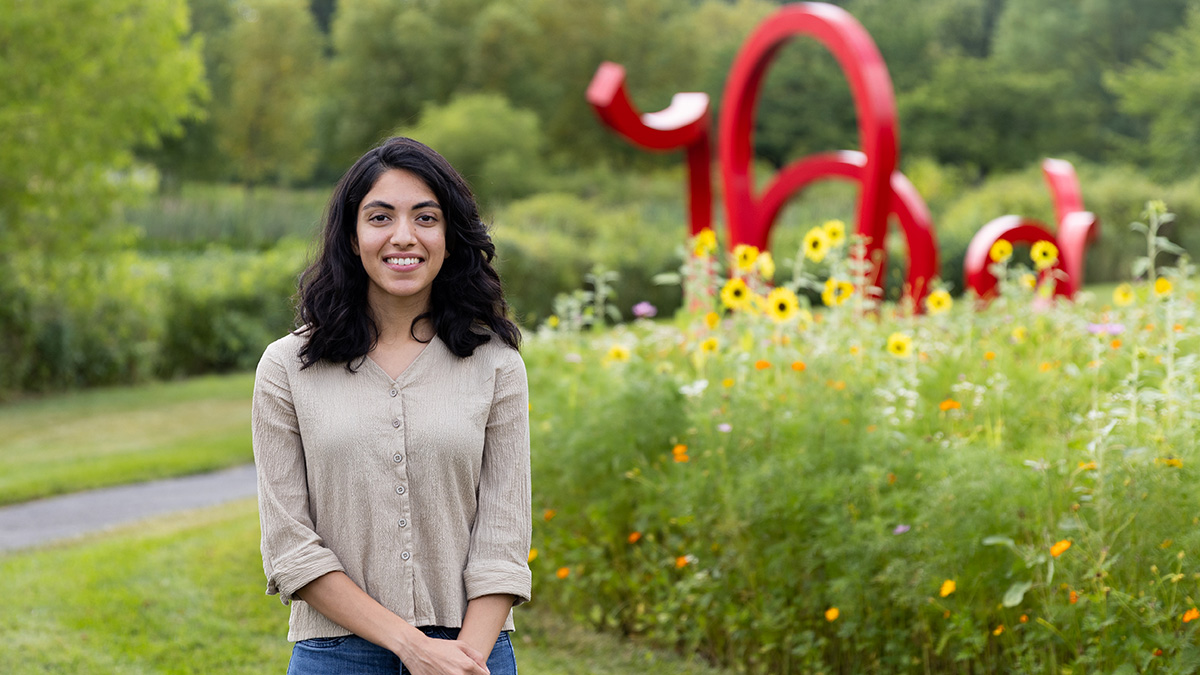
Atika Ibrahim Syeda is doing her PhD at HHMI Janelia Research Campus as part of the Joint Graduate Program with Johns Hopkins university. Her current work focuses on using a brain-machine interface to study the role of behavioral and sensory signals in the mouse visual cortex.
Program Administration
Stay Updated
Sign up to receive periodic updates and announcements about Janelia’s programs and events, including conferences and workshops, educational and career opportunities, and more.




